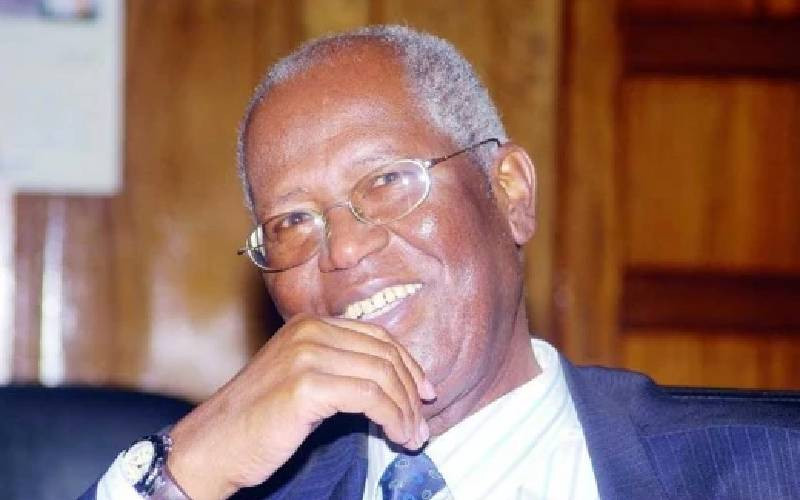
Samuel Kivuitu had earned the respect of Kenyans as a fair and competent electoral referee following his handling of the 2002 General Election and constitutional referendum in 2005. It was an open secret that Daniel arap Moi would have wished to get himself back into power through Uhuru Kenyatta.
Three factors, however, ensured this didn't happen. One was the NARC wave that was so strong that little room for undemocratic manoeuvres was left. The other was the steadfastness of the Electoral Commission of Kenya (ECK), where the commissioners nominated by different political parties under the IPPG (Inter-Parties Parliamentary Group) pact checkmated each other.